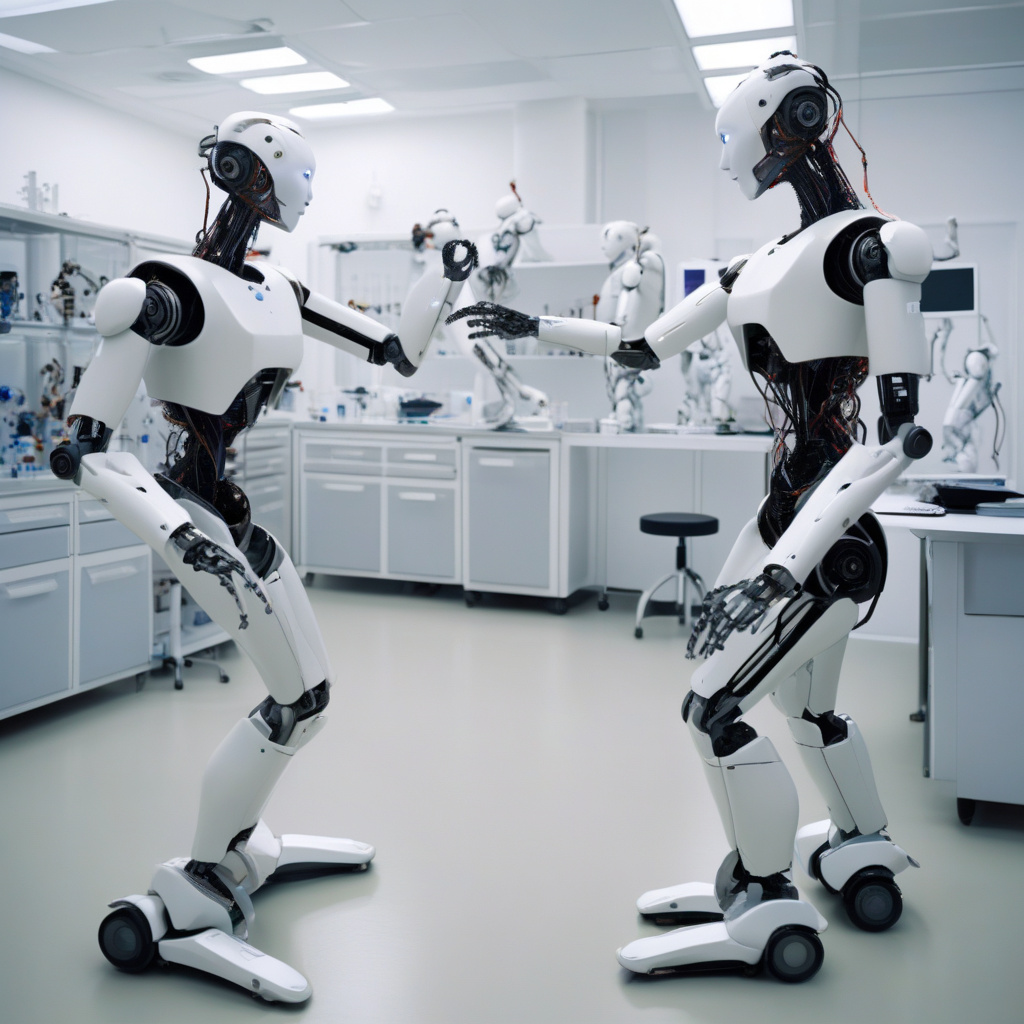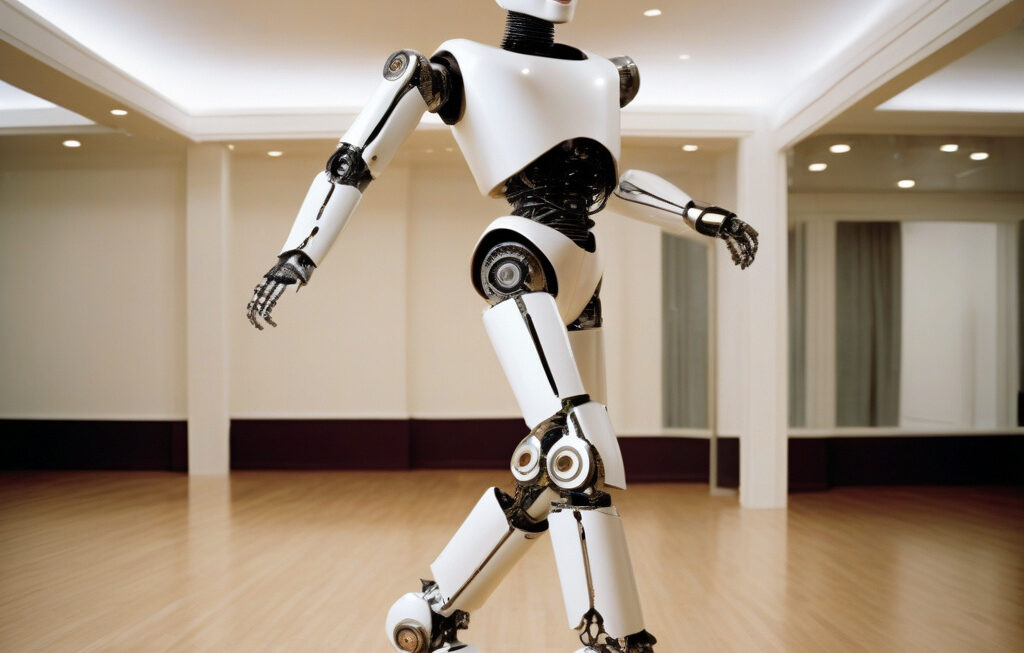US Breakthrough System Lets Humanoid Robots Copy Human Moves in Real-Time
Stanford University and Simon Fraser University researchers have developed a new AI system that enables humanoid robots to mimic human movements with unprecedented accuracy and real-time responsiveness. This groundbreaking technology represents a significant leap forward in the field of robotics, with far-reaching implications for industries ranging from manufacturing to healthcare.
The system, known as Real-Time Human Pose Estimation (RT-HPE), leverages advanced deep learning algorithms to track and replicate the motions of a human operator in real-time. By analyzing live video feeds from cameras mounted on the robot’s body, the AI model can identify key points on the operator’s body and map them to the robot’s own joints and limbs. This allows the robot to mirror the operator’s movements with remarkable precision, down to the subtlest gestures and nuances.
One of the key advantages of the RT-HPE system is its ability to adapt to a wide range of body types, poses, and actions. Unlike traditional motion capture systems that require pre-programmed motion libraries or extensive calibration for each user, the AI-powered system can quickly and accurately learn new movements on the fly. This flexibility makes it ideal for applications where robots need to interact with humans in dynamic and unpredictable environments.
In a recent demonstration of the technology, researchers showcased a humanoid robot equipped with the RT-HPE system performing a series of complex tasks alongside a human operator. From assembling intricate structures to engaging in interactive games, the robot seamlessly mirrored the operator’s actions in real-time, demonstrating a level of agility and responsiveness previously unseen in robotic systems.
The potential applications of this breakthrough technology are vast and diverse. In the manufacturing sector, robots equipped with the RT-HPE system could work collaboratively with human workers on assembly lines, increasing efficiency and productivity. In healthcare settings, humanoid robots could assist with physical therapy exercises, providing patients with personalized and adaptive support. The technology could also find use in entertainment, sports training, and rehabilitation, among other fields.
Beyond its practical applications, the development of the RT-HPE system represents a significant milestone in the ongoing convergence of AI, robotics, and human-machine interaction. By bridging the gap between human and machine movements, researchers have unlocked new possibilities for creating intelligent, intuitive robotic systems that can seamlessly integrate into various aspects of our lives.
As we look to the future, the continued advancement of technologies like RT-HPE promises to revolutionize the way we interact with robots and automation. From enhancing industrial processes to redefining healthcare delivery, the ability of humanoid robots to mimic human movements in real-time opens up a world of possibilities for innovation and progress.
#AI #Robotics #Innovation #Technology #HumanoidRobots












